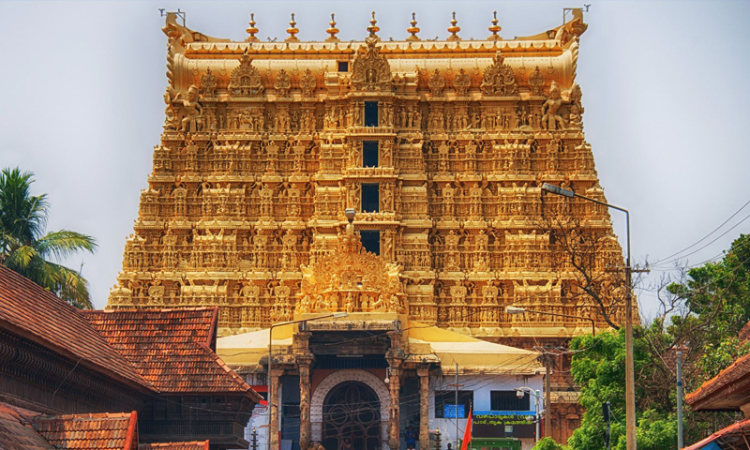Sree Padmanabha Swamy Temple Management Dispute : Background & Timeline
Ashok Kini
12 July 2020 3:48 PM IST

Next Story
12 July 2020 3:48 PM IST
The Padmanabhaswamy temple is a Hindu temple located in Thiruvananthapuram, Kerala, the presiding deity of which is Padmanabhaswamy (Lord Vishnu) enshrined in the "Anantha Shayana" posture.As the Supreme Court is set to pronounce the judgment in the case relating to Padmanabha Swamy Temple administration dispute tomorrow, this piece intends to throw light on the history of the temple and...
